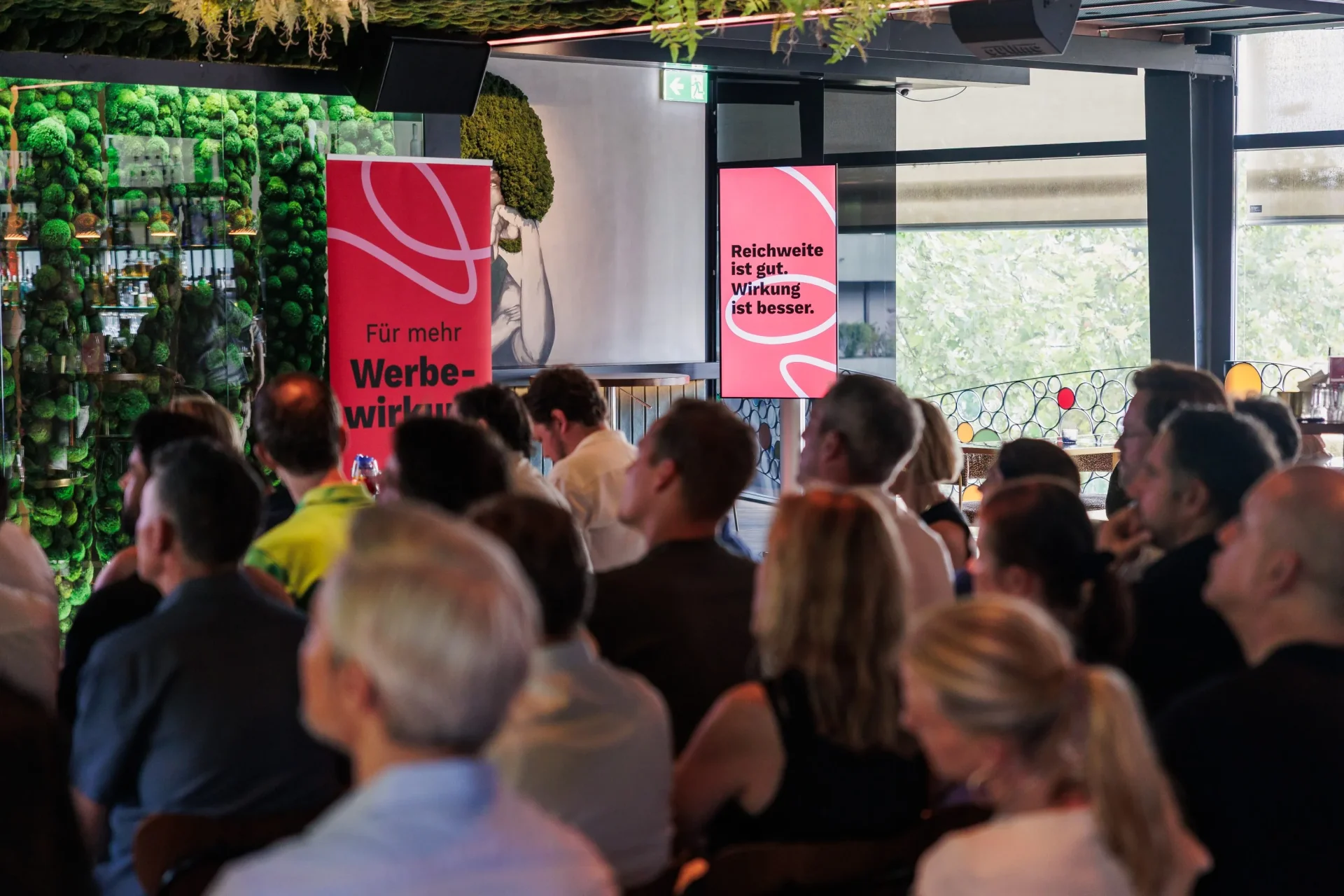Until recently, searchers found answers by clicking through links in the results. AIOs now deliver those answers before any click—and increasingly replace it altogether. This doesn’t just change click paths—it reshapes user expectations. People no longer want to scroll through a list of links. They want immediate, contextual, and trustworthy answers.
What does this mean for brands? Your website is no longer the central point of engagement. Visibility is being redefined—through mentions, citations, structured content, and technical setup.



